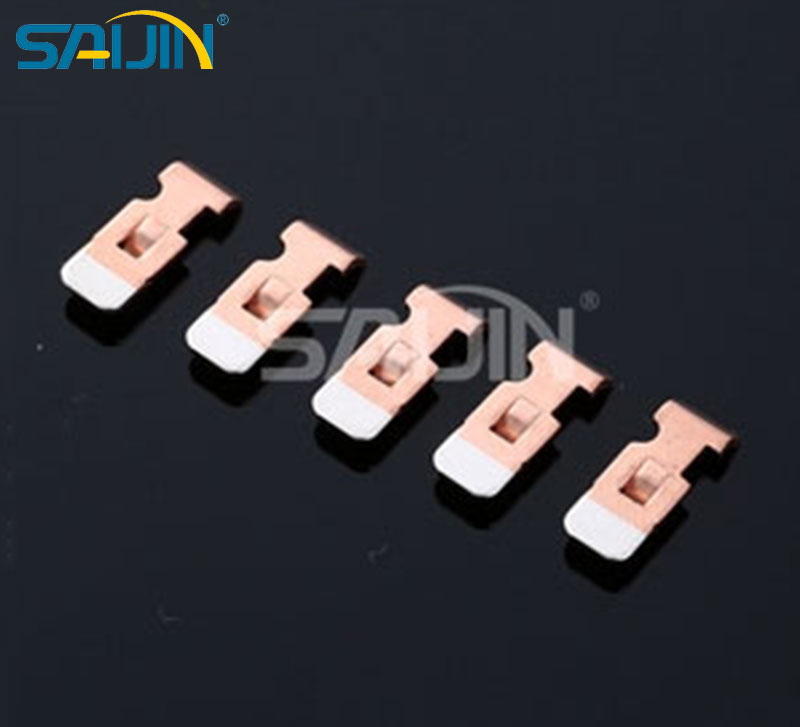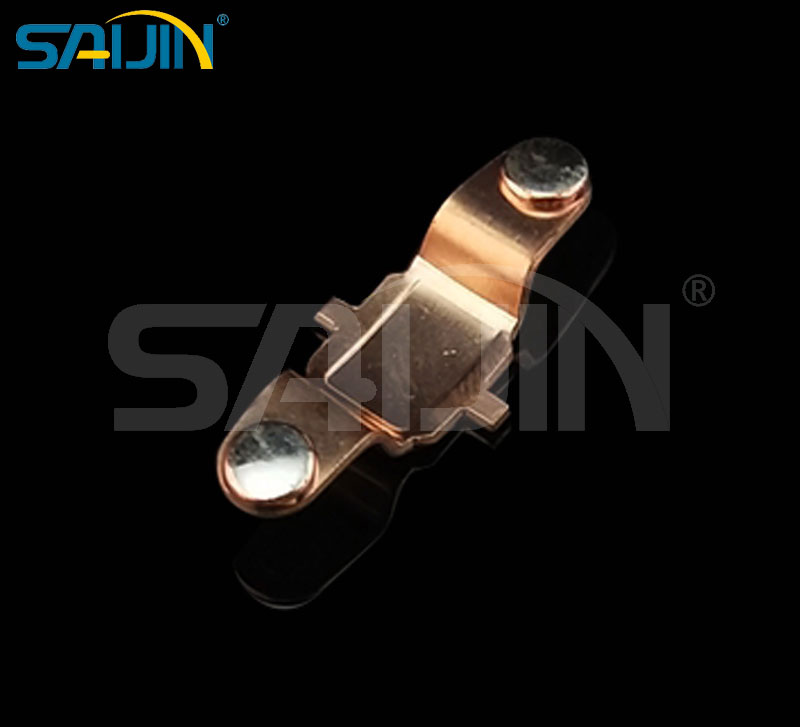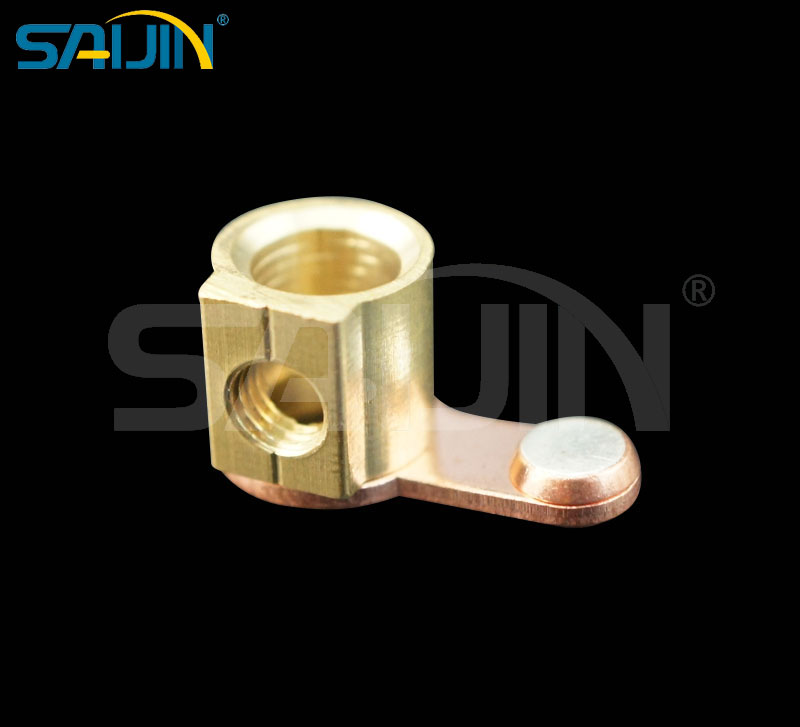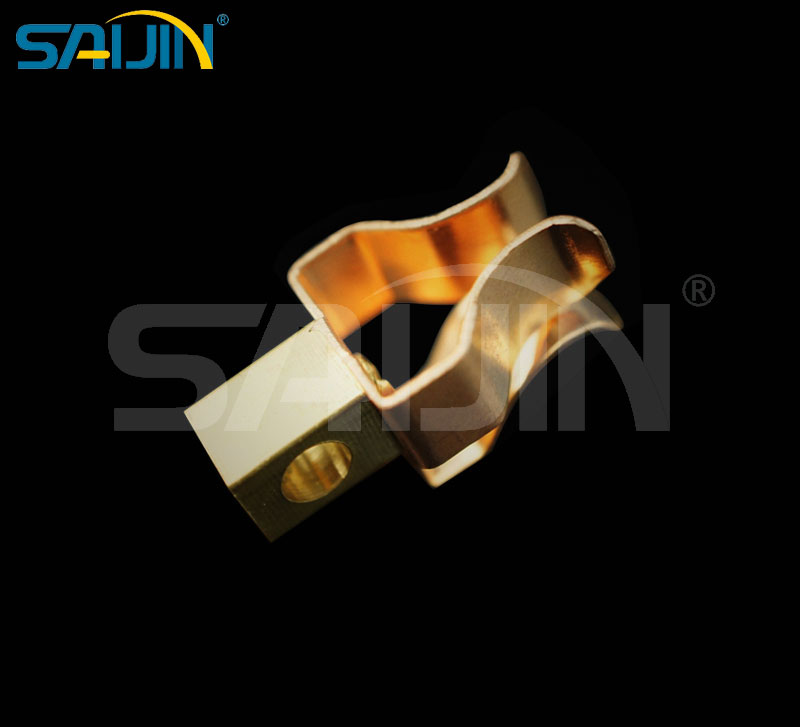Introduction to Silver and Silver Alloy Contacts
1. Sterling silver contacts, contacts, rivets Ag sterling silver and fine-grained silver have high electrical and thermal conductivity, low and stable contact resistance, good welding and processing performance, and crystalline silver is added in a small amount of silver. Nickel greatly refines the grain structure of the material, and its mechanical strength and temperature resistance are higher than those of silver under the condition of almost the same contact resistance. It has the highest electrical conductivity and thermal conductivity, and has very low contact resistance, easy to process and easy to weld. It is currently one of the most commonly used materials in small-capacity low-voltage electrical appliances. For example, automatic switches, thermal relays, regulators, thermostats, baking machines, oven timers, computers, etc.
2. Silver-nickel contacts, contacts, rivets AgNi (10-20) Application: used in low-voltage switchgear such as thermostats, protection switches, small current contactors, automatic switches, precision instruments, relays, etc.
Features: Good electrical and thermal conductivity, low and stable contact resistance, small and uniform electrical corrosion, less planar material migration when applied under DC conditions. When the material is on and off, the contact resistance increases due to the formation of oxides, which is sensitive to sulfur and has poor anti-welding performance under high current. Often paired with graphite. By adopting the powder sintering extrusion process, the electrical contact performance can be improved. A small amount of graphite is added to nickel to obtain a composite material with better properties.
3. Silver cadmium oxide contacts, contacts, rivets AgCdO (10-20) Uses: used in various contactors, plastic case air switches, leakage switches, DC quick switches, cam switches, automotive contactors, automotive protection switches, Room thermostats, micro switches and high-capacity relays and switches for the aviation industry.
Features: good resistance to electrical wear, anti-welding and electrical and thermal conductivity, small and stable contact resistance; since cadmium oxide is distributed in a dispersed phase, it can increase the hardness of the material and improve mechanical wear resistance; silver cadmium oxide electrical contacts Strong anti-welding ability when passing short-circuit current. The electrical contact manufacturing process has a great influence on its performance. The electrical contacts manufactured by the powder metallurgy process have good resistance to fusion welding, but the corrosion resistance is poor, and the electrical contacts manufactured by the alloy internal oxidation method have good electrical loss resistance. , but the resistance to fusion welding is slightly lower. The powder sintering extrusion process developed in recent years has improved the distribution of cadmium oxide in the silver matrix, so that the overall performance of the electrical contact can be improved.
4. Silver tin oxide contacts, contacts, rivets AgZnO (8-10) Uses: used in relays, contactors, air switches, current limit switches, motor protectors, micro switches, instrumentation, household appliances, automotive appliances ( Light switch, load switch such as starter motor), leakage protection switch, etc.





